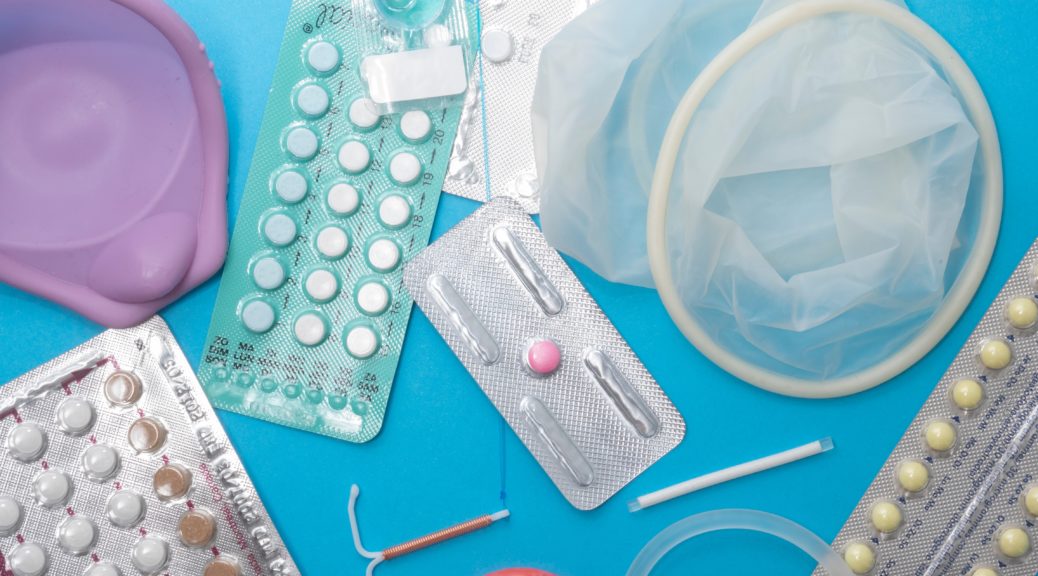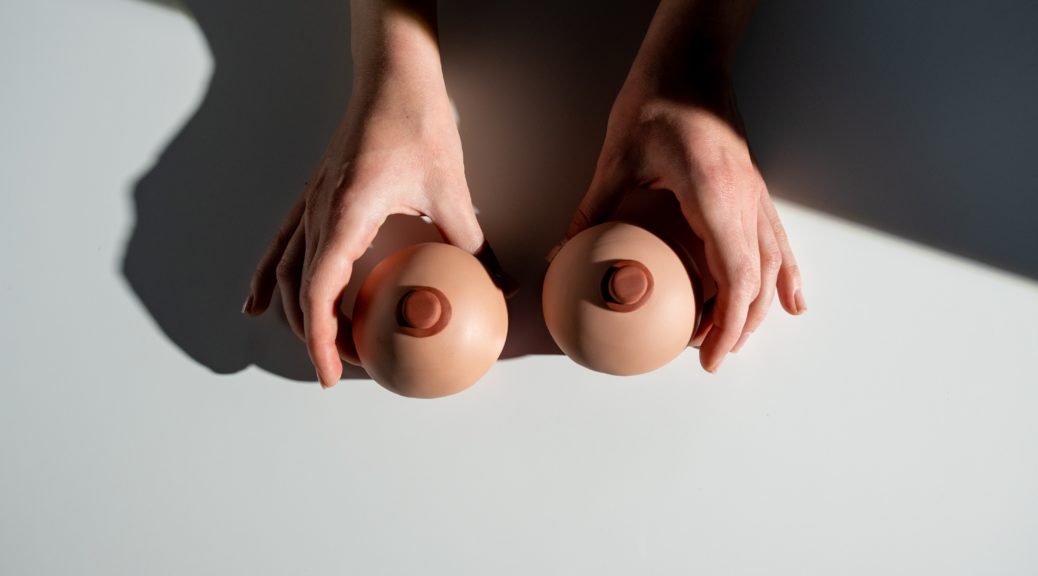Supression of lactation
There are very few clinical conditions that contraindicate breastfeeding, such as galactosemia. However, there are many situations when a woman may wish to discontinue breastfeeding and suppress lactation. Mothers may decide whether or not to breastfeed their newborn or to stop breastfeeding at a time when they feel it is necessary. There are several methods for the suppression of lactation. As healthcare professionals, we must be aware of all of them and of their limitations, when informing and accompanying a…









